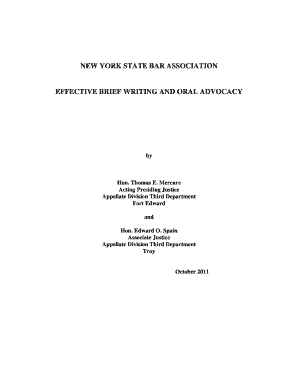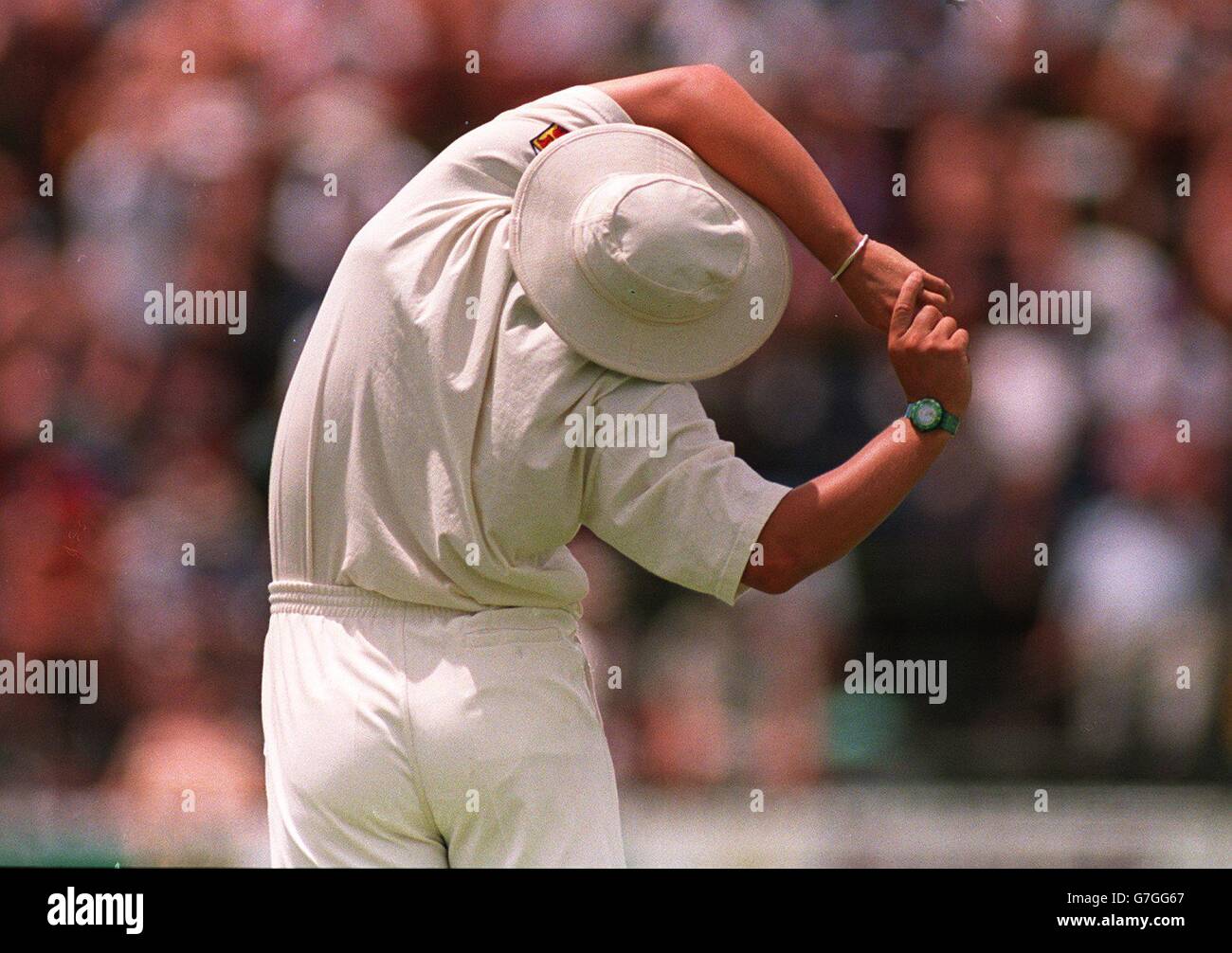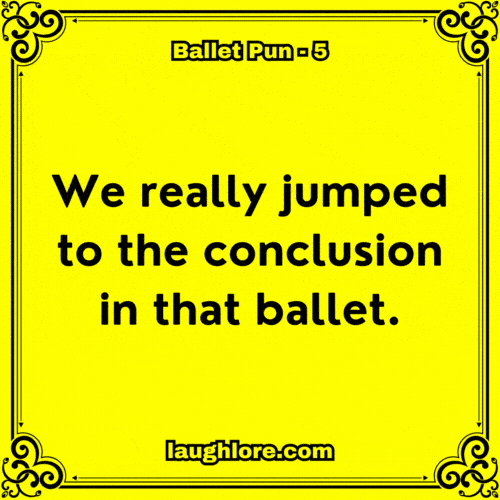Effective Brief Writing: A Step-by-Step Guide

Table of Contents
Understanding the Purpose and Audience of Your Brief
Before putting pen to paper (or fingers to keyboard!), it's crucial to understand the core purpose and intended audience of your brief. This foundational step significantly impacts the overall effectiveness of your communication.
Defining Your Objective
What do you hope to achieve with this brief? Are you aiming to persuade a judge to rule in your favor (legal brief writing)? To convince investors to fund your project (business brief writing)? Or to inform your team about a new strategy? Clearly defining your objective will guide your writing process and ensure your message remains focused.
Identifying Your Target Audience
Knowing your audience is paramount. A brief addressed to legal professionals will differ significantly from one intended for a non-technical client. Consider:
- Analyze the audience's prior knowledge and potential biases. Tailor your language and level of detail accordingly.
- Determine the appropriate level of formality. Maintain a professional tone while adjusting your language to suit the context and relationship with the reader.
- Consider the audience's preferred communication style. Some audiences prefer concise bullet points, while others appreciate a more narrative approach.
Structuring Your Brief for Maximum Impact
The structure of your brief is just as important as the content itself. A well-structured brief guides the reader seamlessly through your arguments, enhancing comprehension and maximizing impact.
The Importance of a Clear and Concise Structure
Utilizing headings, subheadings, bullet points, and ample white space significantly improves readability. These structural elements break up large blocks of text, making your brief easier to scan and digest. Think of it as creating a roadmap for your reader.
Crafting a Compelling Introduction
The introduction is your first and perhaps most crucial opportunity to engage your reader. Begin with a strong opening statement that clearly states the purpose of the brief and grabs the reader's attention. This sets the stage for the rest of your communication.
Developing a Logical Flow of Information
Guide the reader through your key points in a logical and natural progression. Avoid jumping between unrelated topics, ensuring a smooth and easy-to-follow narrative. This coherent flow helps maintain reader engagement and comprehension.
- Utilize a clear and logical sequence of information. Present your points in a structured manner, progressing from one idea to the next in a natural order.
- Use transition words and phrases to connect ideas smoothly. Words and phrases like "however," "furthermore," and "in conclusion" seamlessly link different sections of your brief.
- Prioritize key information and place it strategically. Ensure that the most crucial information is readily visible and easily accessible to the reader.
Writing Concisely and Persuasively
Conciseness and persuasiveness are hallmarks of effective brief writing. Avoid unnecessary jargon and wordiness, ensuring your message is both clear and compelling.
Eliminating Unnecessary Words and Phrases
Wordy phrases often obscure your message. Strive for conciseness. For example: replace "due to the fact that" with "because," or "in the event that" with "if."
Using Strong Verbs and Active Voice
Active voice strengthens your writing and enhances clarity. Instead of writing "The report was written by John," write "John wrote the report." Active voice is more direct and engaging.
Supporting Your Points with Evidence
Facts, data, and examples bolster your arguments and lend credibility to your claims. Provide concrete evidence to support your assertions, making your brief more persuasive and impactful.
- Review your brief multiple times to eliminate redundant information. Multiple revisions ensure you've removed unnecessary words and phrases, streamlining the overall message.
- Use strong action verbs to convey information effectively. Active verbs inject energy and precision into your writing, increasing reader engagement and comprehension.
- Include credible sources and data to enhance your arguments. Supporting your claims with verifiable evidence increases the persuasive power of your brief.
Proofreading and Editing Your Brief
The final step, though often overlooked, is crucial: proofreading and editing. A meticulously reviewed brief demonstrates professionalism and attention to detail.
The Crucial Role of Proofreading
Grammatical errors, typos, and inconsistencies undermine your credibility. Meticulous proofreading is essential to ensure your brief is free from such flaws.
Seeking Feedback from Others
A fresh pair of eyes can identify areas for improvement that you might have missed. Seeking feedback from a colleague, mentor, or trusted peer can significantly enhance the clarity and effectiveness of your brief.
- Utilize grammar and spell check tools. These tools can identify many common errors, but human review is still necessary.
- Read your brief aloud to catch awkward phrasing. Reading aloud helps you identify sentences that sound unnatural or unclear.
- Ask a colleague or mentor to review your work before submission. A second opinion can provide valuable insights and help catch any remaining errors or areas of ambiguity.
Conclusion
Mastering effective brief writing involves a multifaceted approach encompassing understanding your audience, structuring your brief logically, writing concisely and persuasively, and meticulously proofreading your work. By following these steps, you can craft clear, concise, and compelling briefs that achieve their intended purpose. Start writing more concise and persuasive briefs today! Transform your communication with effective brief writing techniques and master effective brief writing today!

Featured Posts
-
 The Karate Kid Part Iii Exploring Its Themes And Legacy
May 23, 2025
The Karate Kid Part Iii Exploring Its Themes And Legacy
May 23, 2025 -
 Key England Players Injured Ahead Of Zimbabwe Test Series
May 23, 2025
Key England Players Injured Ahead Of Zimbabwe Test Series
May 23, 2025 -
 Netflix This Week 7 Shows To Binge May 18 24
May 23, 2025
Netflix This Week 7 Shows To Binge May 18 24
May 23, 2025 -
 Freddie Flintoffs Month Long House Confinement After Top Gear Crash
May 23, 2025
Freddie Flintoffs Month Long House Confinement After Top Gear Crash
May 23, 2025 -
 The Karate Kid A Comparative Look At The Film And Its Sequels
May 23, 2025
The Karate Kid A Comparative Look At The Film And Its Sequels
May 23, 2025
Latest Posts
-
 A Weekend Of Events Fashion Heritage Ballet And Puns Included
May 23, 2025
A Weekend Of Events Fashion Heritage Ballet And Puns Included
May 23, 2025 -
 Weekend Events Featuring Fashion Heritage Ballet And More
May 23, 2025
Weekend Events Featuring Fashion Heritage Ballet And More
May 23, 2025 -
 Fashion Heritage And Ballet Weekend Events Not To Miss
May 23, 2025
Fashion Heritage And Ballet Weekend Events Not To Miss
May 23, 2025 -
 Discover Weekend Events Fashion Heritage Ballet And Puns
May 23, 2025
Discover Weekend Events Fashion Heritage Ballet And Puns
May 23, 2025 -
 Ballet Fashion And Heritage A Weekend Of Events
May 23, 2025
Ballet Fashion And Heritage A Weekend Of Events
May 23, 2025
